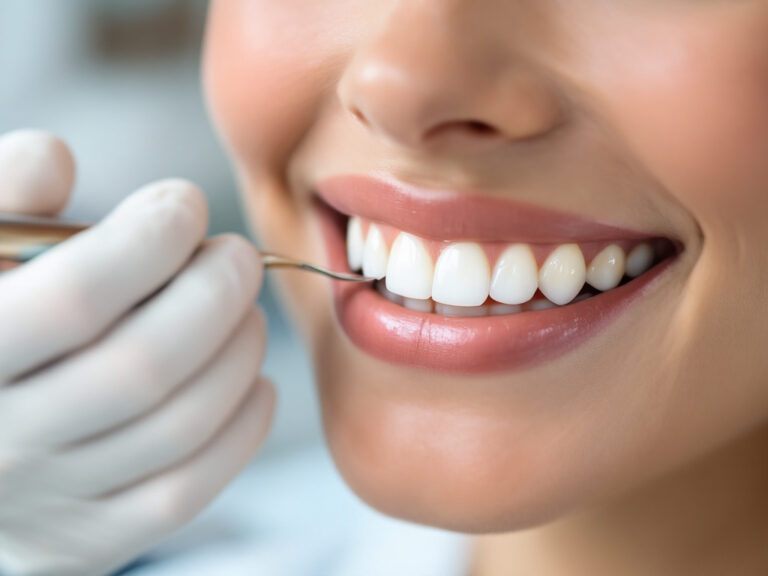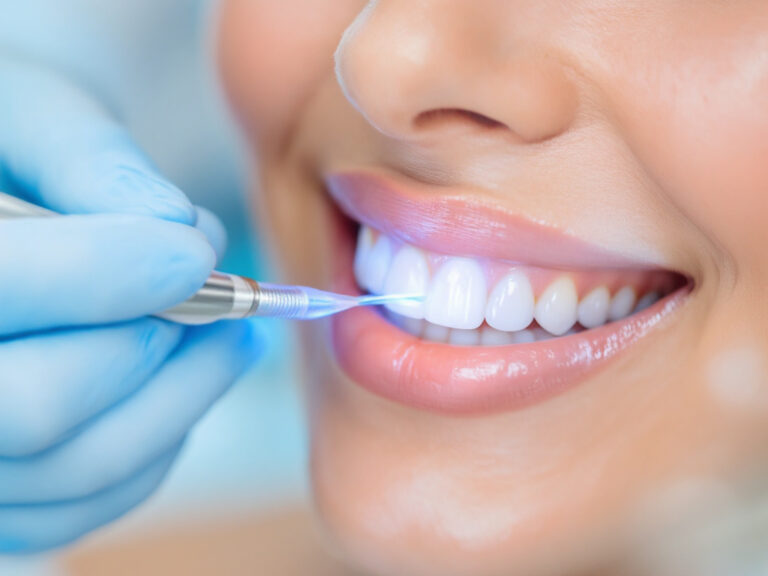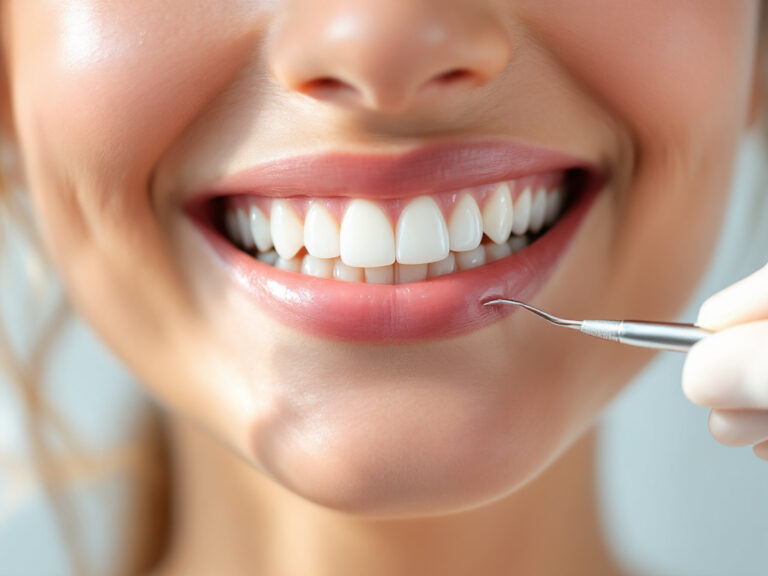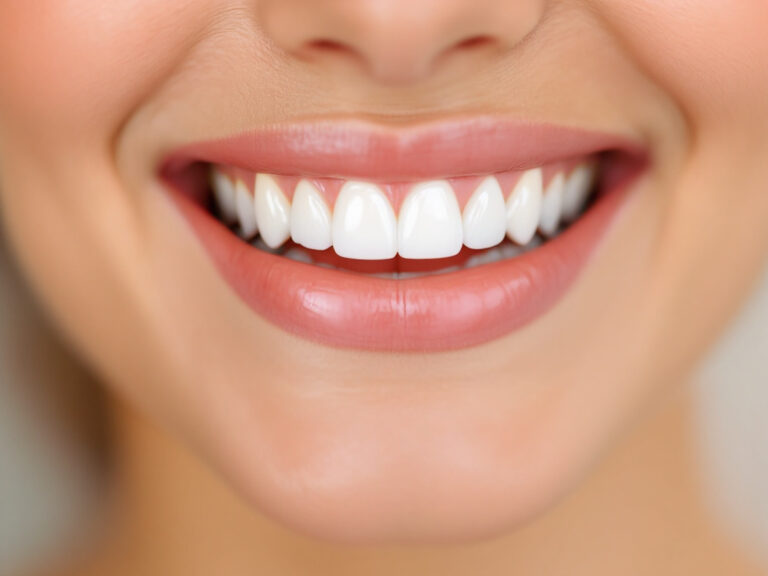Partial denture replacement overview
Partial denture replacement is a smart choice for restoring your smile and maintaining long-term oral function. Whether you are missing one tooth or several, a removable partial denture offers a custom solution that preserves adjacent teeth and supports chewing, speech, and facial structure. By exploring partial denture replacement, you’ll learn how this option compares to other tooth replacement solutions such as implants, bridges, and crowns.
When you choose partial denture replacement, your dentist will design a prosthesis that clips onto your existing teeth or implants. The process involves precise impressions, fitting sessions, and adjustments to ensure comfort and stability. Advances in materials—acrylic, cobalt-chromium, titanium, and flexible plastics—mean you can enjoy a natural look and feel while benefiting from high-quality restorations and modern technology.
Benefits for your oral health
Replacing missing teeth with partial dentures supports both function and health. Key benefits include:
-
Preserving natural teeth
A partial denture fits around your healthy teeth, reducing the need for drilling or altering them as with fixed bridges or crowns such as dental crown placement. -
Preventing teeth shifting
Gaps can cause adjacent teeth to tilt or drift, leading to bite issues and uneven wear. A partial prosthesis maintains alignment and supports balanced chewing. -
Improving chewing and speech
Missing teeth diminish chewing efficiency and can alter your speech patterns. Partial dentures restore your bite surface, making it easier to eat a varied diet and speak clearly. -
Supporting jaw health
By distributing chewing forces evenly, partial dentures help reduce bone loss in the jaw. Ill-fitting or old dentures can accelerate bone resorption, leading to loose dentures and changes in facial appearance [1]. -
Enhancing confidence and appearance
A well-designed partial denture gives you a complete smile and natural facial contours, supporting your self-esteem and social interactions.
Types of partial dentures
Your dentist will recommend the material and design best suited for your needs, budget, and oral anatomy. Common partial denture types include:
Acrylic partial dentures
- Made from a durable resin base that clasps onto teeth
- Cost-effective and easy to adjust or reline
- Average lifespan 5–7 years [2]
Cast metal partial dentures
- Rigid metal framework (cobalt-chromium) with acrylic teeth
- Slim profile, strong support, minimal coverage of gums
- Average lifespan up to 10 years with proper care [2]
Flexible partial dentures
- Nylon or Valplast frame that adapts to gum tissue
- Comfortable, wire-free clasps, stain-resistant
- Less durable than metal, budget-friendly option [3]
Titanium framework dentures
- Ultra-lightweight, biocompatible metal frame
- Strong support, reduced bulk, excellent comfort
- Cost range $1,200–$2,500 depending on complexity [3]
Temporary acrylic flippers
- Interim solution while you await a permanent prosthesis
- Low cost ($695–$1,200) and quick turnaround
- Less durable, intended for short-term use [3]
Replacement procedure explained
The journey to a well-fitting partial denture typically unfolds over several steps, lasting three to six weeks on average [4].
1. Initial consultation and evaluation
Your dentist reviews your medical history, examines oral structures, and discusses goals. You may compare partial dentures with alternatives like dental bridge replacement or dental implant consultation.
2. Impressions and bite registration
Precise molds of your teeth and gums are taken to design a partial denture that fits snugly. Digital scans may be used for enhanced accuracy and same-day restorations.
3. Wax try-in and framework check
A wax model or metal framework is tried in your mouth to verify fit, comfort, and appearance. Adjustments to clasps, base contours, and tooth shade are made before final processing.
4. Final fitting and adjustments
Your new partial dentures are delivered, and minor adjustments ensure even pressure distribution. You’ll learn insertion, removal, and cleaning techniques. Further relines or tweaks may be scheduled as your mouth adapts.
5. Follow-up and maintenance
Regular checkups help detect pressure spots, worn areas, or changing gum contours. Well-fitting partial dentures may last up to 10 years with proper care [5].
Caring for your dentures
Consistent hygiene and handling practices extend the life of your partial dentures and protect your oral tissues.
Daily cleaning routine
- Rinse dentures after meals to remove food debris.
- Brush prosthesis with non-abrasive denture cleaner or mild soap.
- Soak overnight in a recommended solution to prevent bacterial growth.
Preventing gum irritation and dry mouth
Ill-fitting dentures or poor hygiene can cause soreness, redness, and inflammation [1]. Combat dry mouth by:
- Drinking water frequently
- Sucking sugar-free candies to stimulate saliva [6]
- Using a saliva substitute if recommended
Handling and storage tips
- Remove dentures carefully to avoid bending clasps.
- Store in water or soaking solution to maintain shape.
- Keep out of reach of children and pets.
Cost and insurance options
Costs for partial denture replacement vary based on materials, lab fees, and geographic location. Understanding these factors helps you plan financially.
Cost breakdown by denture type
| Denture type | Average cost (per arch) |
|---|---|
| Acrylic removable partial | $695–$1,200 [3] |
| Flexible Valplast | $800–$1,500 [3] |
| Acrylic resin | $1,400 [7] |
| Metal framework (cobalt-Cr) | $1,800 [7] |
| Titanium framework | $1,200–$2,500 [3] |
| Temporary/immediate dentures | $900 [7] |
Insurance and financing options
Most dental plans cover partial dentures as a major service. Inquire about coverage percentage and waiting periods under your plan. If you’re uninsured or need flexible payment plans, ask about affordable restorative dentistry or insurance covered dental restoration options.
Making affordable choices
- Discuss phased treatment: fabricate temporary flippers now, upgrade to a metal or titanium prosthesis later.
- Review dental school clinics or community programs for reduced-fee services.
- Compare material longevity versus upfront cost to find the best long-term value.
Comparing replacement options
Partial dentures complement a suite of restorative solutions. Understanding their role helps you choose the best path.
Partial dentures vs bridges
- Partial dentures preserve adjacent teeth, removable for cleaning.
- Bridges require crowning healthy teeth, fixed in place. Learn about dental bridge replacement.
Partial dentures vs implants
- Partial dentures have lower up-front costs, simpler treatment.
- Implants provide fixed support, protect bone health, higher initial investment. Explore dental implant consultation.
Integrating with other treatments
You may combine partial dentures with:
- Crowns and inlays for weakened teeth [8]
- Root canal therapy services for infected teeth [9]
- Bite correction dental treatment to optimize occlusion [10]
Maintaining long-term function
Ensuring the longevity of your partial dentures involves proactive care and periodic professional support.
Regular checkups and relines
As your gums and bone adjust over time, relining restores fit and comfort. Schedule at least annual denture exams. A well-fitting appliance prevents sores, food traps, and poor chewing efficiency.
Managing bone resorption
Partial dentures reduce chewing stress on the jaw. Still, moderate bone loss can occur under the denture base. Discuss strategies such as soft liners or implant-retained partials if bone loss becomes noticeable.
Full mouth rehabilitation benefits
If you have multiple missing teeth or complex needs, consider a full mouth restoration program. This approach integrates crowns, bridges, implants, and partial dentures for comprehensive function and aesthetics.
Next steps and resources
Taking the first step toward partial denture replacement starts with a thorough consultation. Your dentist will evaluate your oral health, discuss alternatives, and develop a personalized plan. To prepare:
- Review your insurance benefits for prosthodontic coverage.
- Gather questions about materials, maintenance, and cost.
- Consider complementary treatments like custom denture fitting or same-day emergency dental crown replacement for damaged teeth.
By choosing partial denture replacement, you invest in a solution that preserves your remaining teeth, supports oral health, and restores your confidence. Schedule an appointment today to explore how modern materials and expert care can revitalize your smile.






